What are the three main types of cable trays?
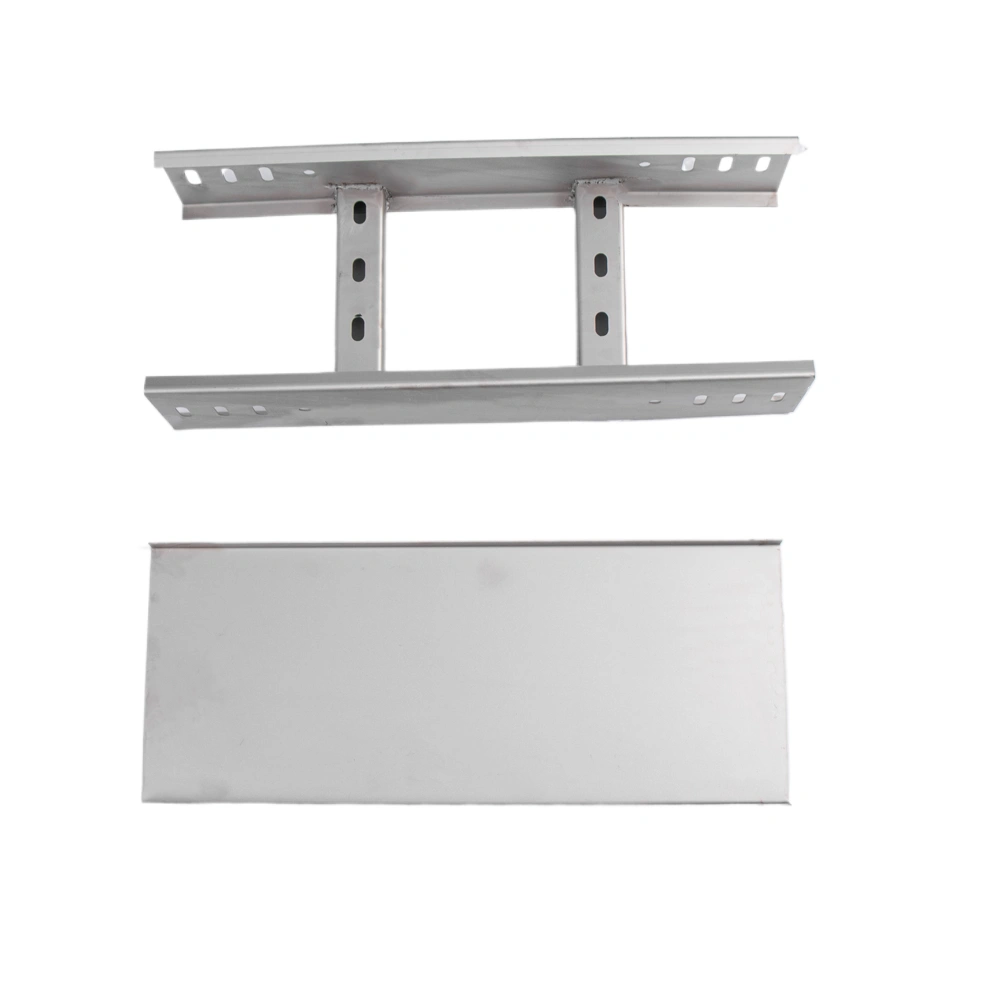
There are three primary types of cable trays commonly used in various industries: ladder cable trays, trough cable trays, and solid-bottom cable trays. Each type has its unique features and applications. 1. Ladder Cable Trays Ladder cable trays consist of two side rails connected by rungs or cross-members. This open design offers several advantages. One […]
What is the difference between a cable tray and a ladder tray?
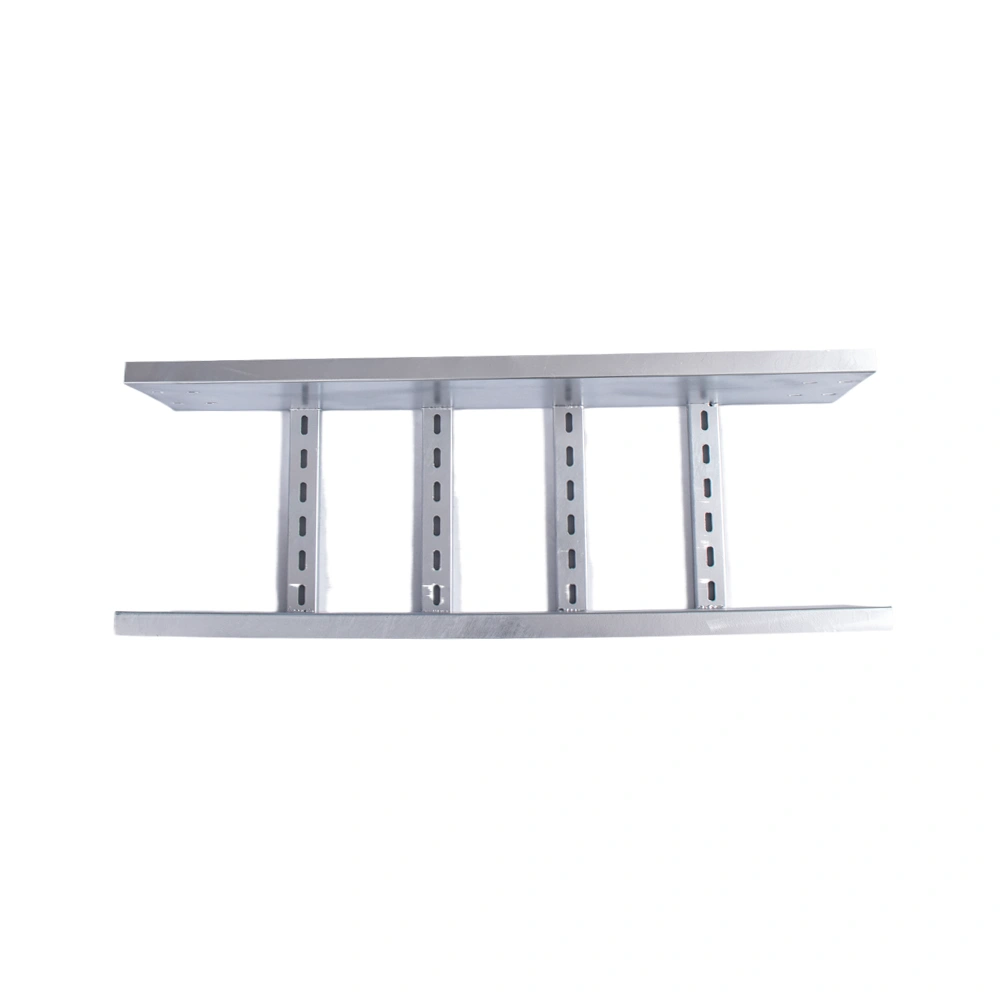
Cable trays and ladder trays are both essential components in electrical and communication systems for the organized routing and protection of cables. However, they have distinct characteristics that set them apart. 1. Construction and Design A cable tray typically has a solid bottom and sides, providing a complete enclosure for the cables. This design offers […]
Where is cable ladder used?
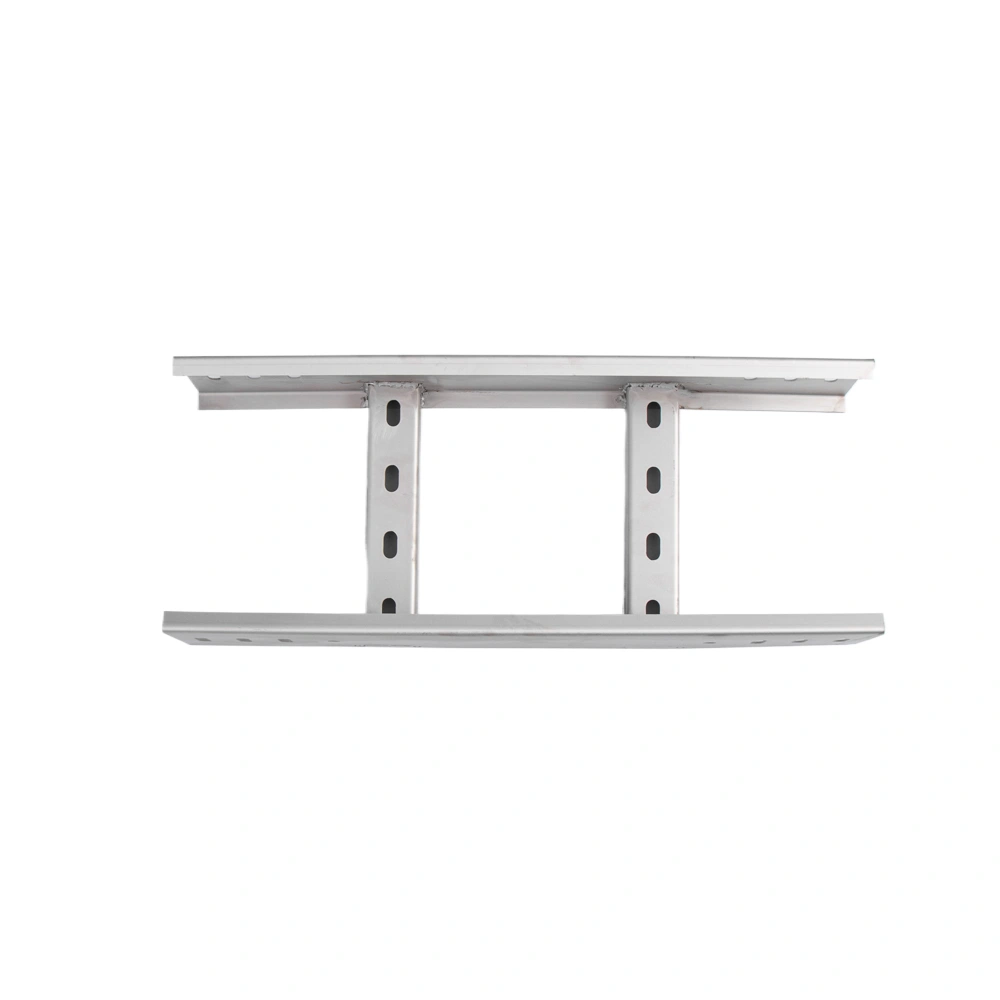
Industrial Facilities One common area where cable ladders are employed is in industrial facilities. Factories, manufacturing plants, and processing units often have a complex web of cables that need to be organized and managed safely. Cable ladders provide a robust and reliable solution for carrying power cables, control cables, and data cables. For instance, in […]
What are the advantages of ladder cable tray?
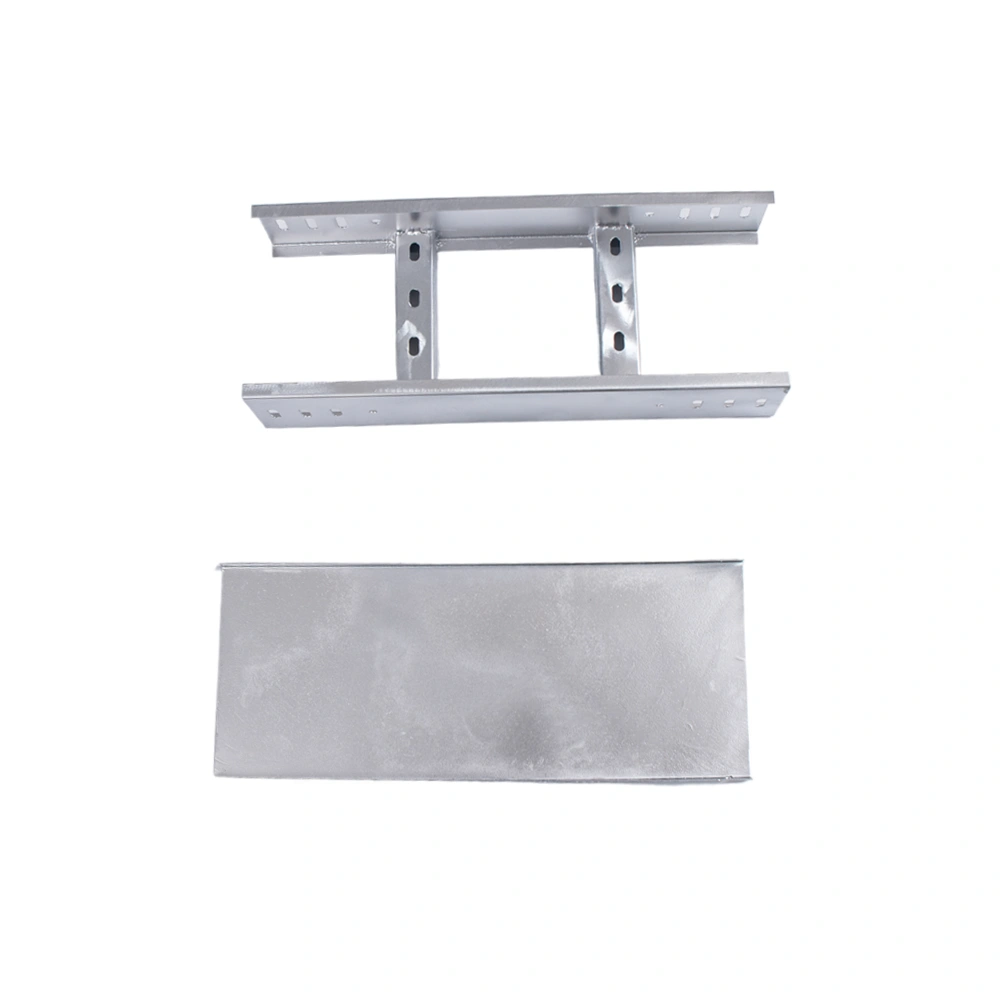
Ventilation The open design of the ladder cable tray provides excellent ventilation. This allows for efficient heat dissipation from the cables, reducing the risk of overheating and potential damage. For example, in data centers where a large number of cables are in operation, the good ventilation of the ladder cable tray helps maintain the proper […]
What is the thickness of a perforated cable tray?
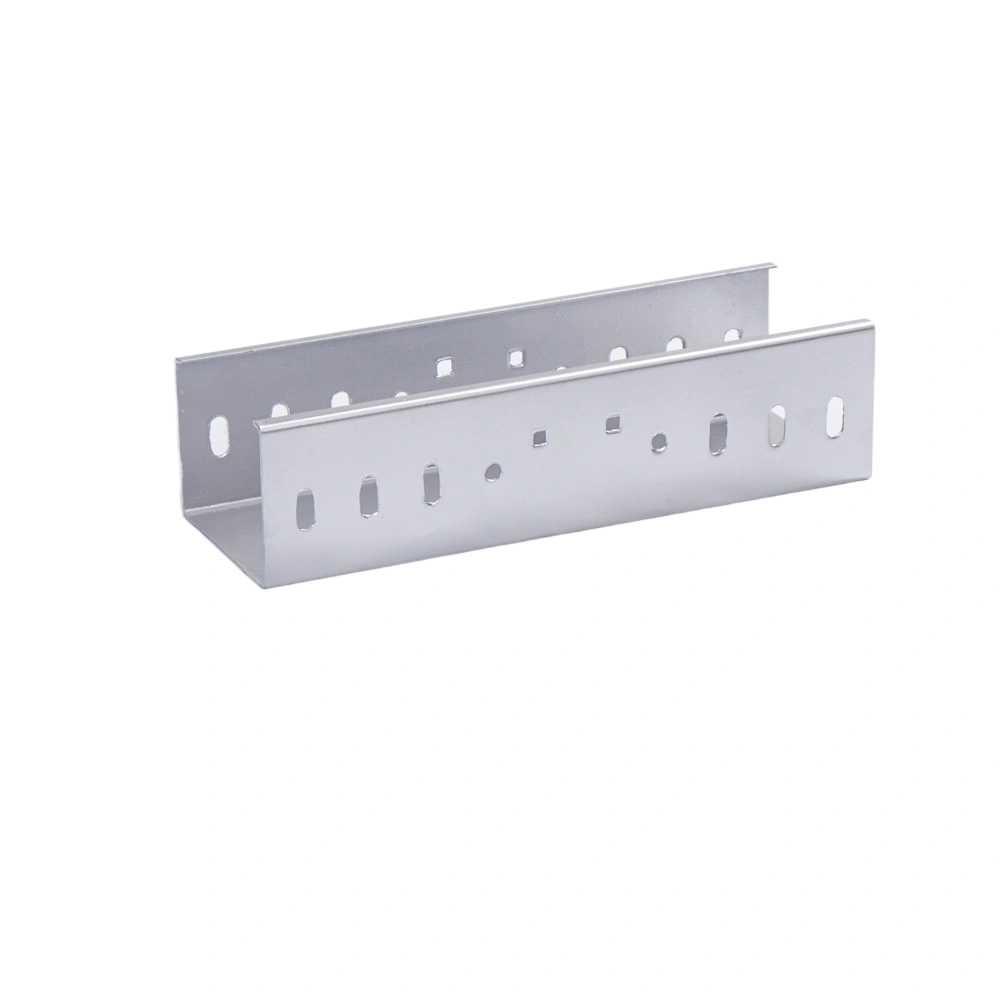
Thickness Range The thickness of a perforated cable tray can vary depending on several factors, including the application, load requirements, and the material used. Typically, the thickness of perforated cable trays can range from as thin as 1 millimeter to several millimeters. Common thicknesses often fall within the range of 1.2 to 2.5 millimeters. Load […]
What are the 3 main types of cable tray?
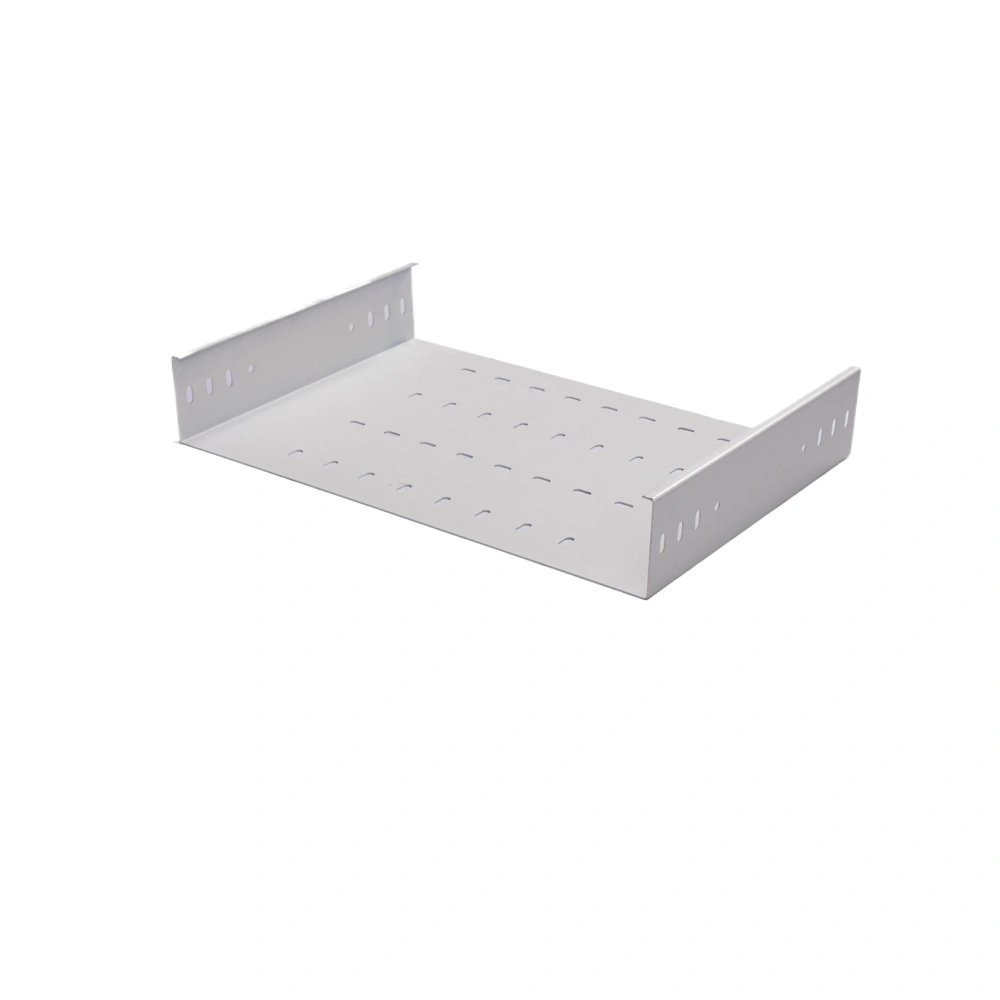
There are three primary types of cable trays commonly used in various industries and applications: Ladder Cable Trays, Solid Bottom Cable Trays, and Perforated Cable Trays. Ladder Cable Trays Ladder cable trays are characterized by their open design, consisting of two side rails connected by rungs or cross-members at regular intervals. This open structure offers […]
What is a perforated tray used for?
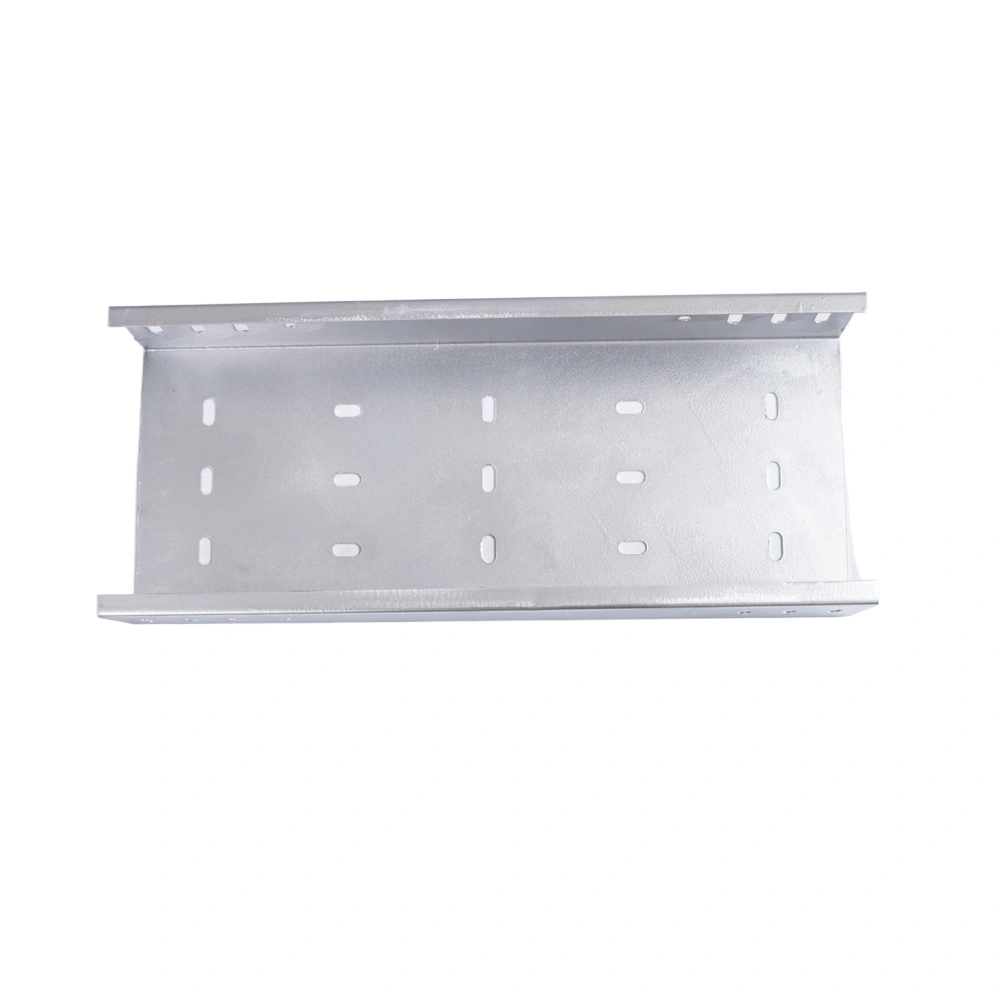
Material Handling and Storage in Industries One of the primary uses of perforated trays is in material handling and storage. They are often employed in warehouses and factories to hold and sort small parts, components, or products. The perforations allow for air circulation, preventing moisture build-up and reducing the risk of rust or spoilage. For […]
What is a perforated cable tray?
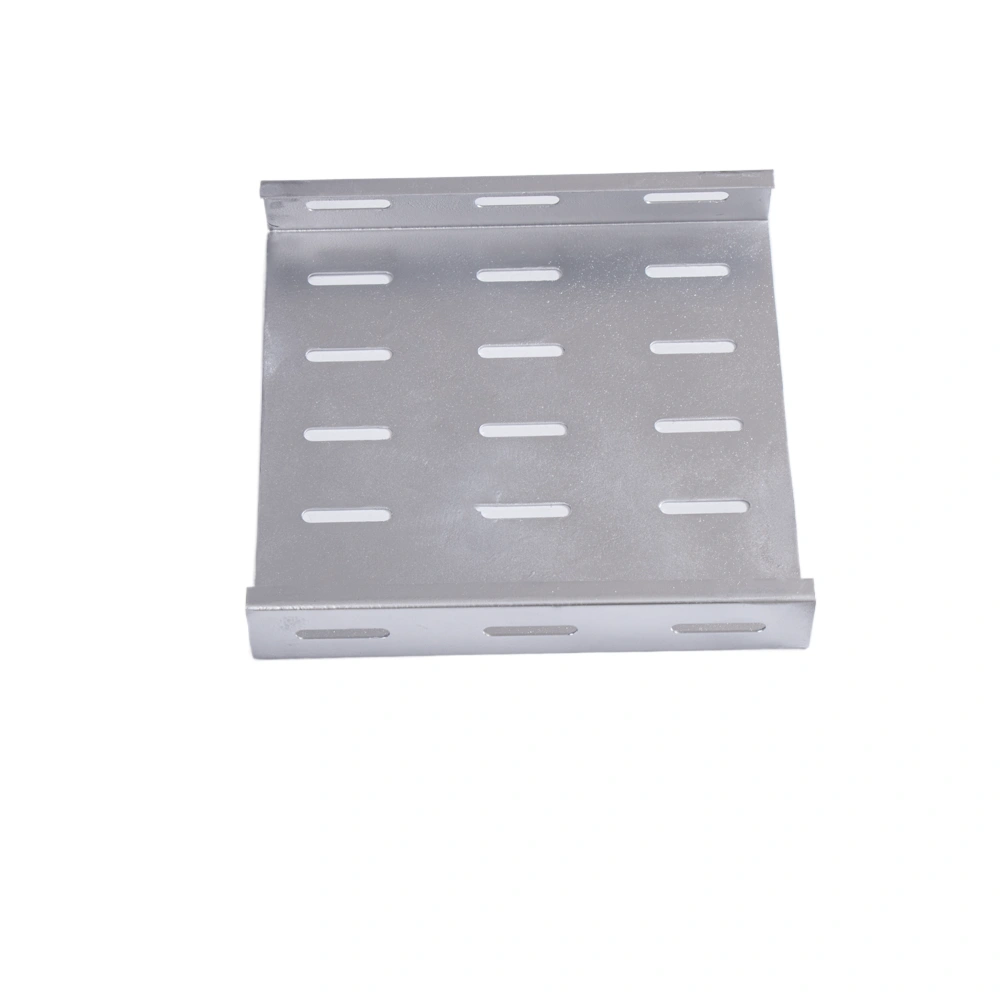
A perforated cable tray is an essential component in modern cable management systems, designed to provide an organized and protected pathway for cables. Function of Perforations One of the primary functions of the perforations is to allow for air circulation. In environments where cables generate heat during operation, this air flow helps to dissipate the […]
What is the difference between a ladder and a perforated cable tray?
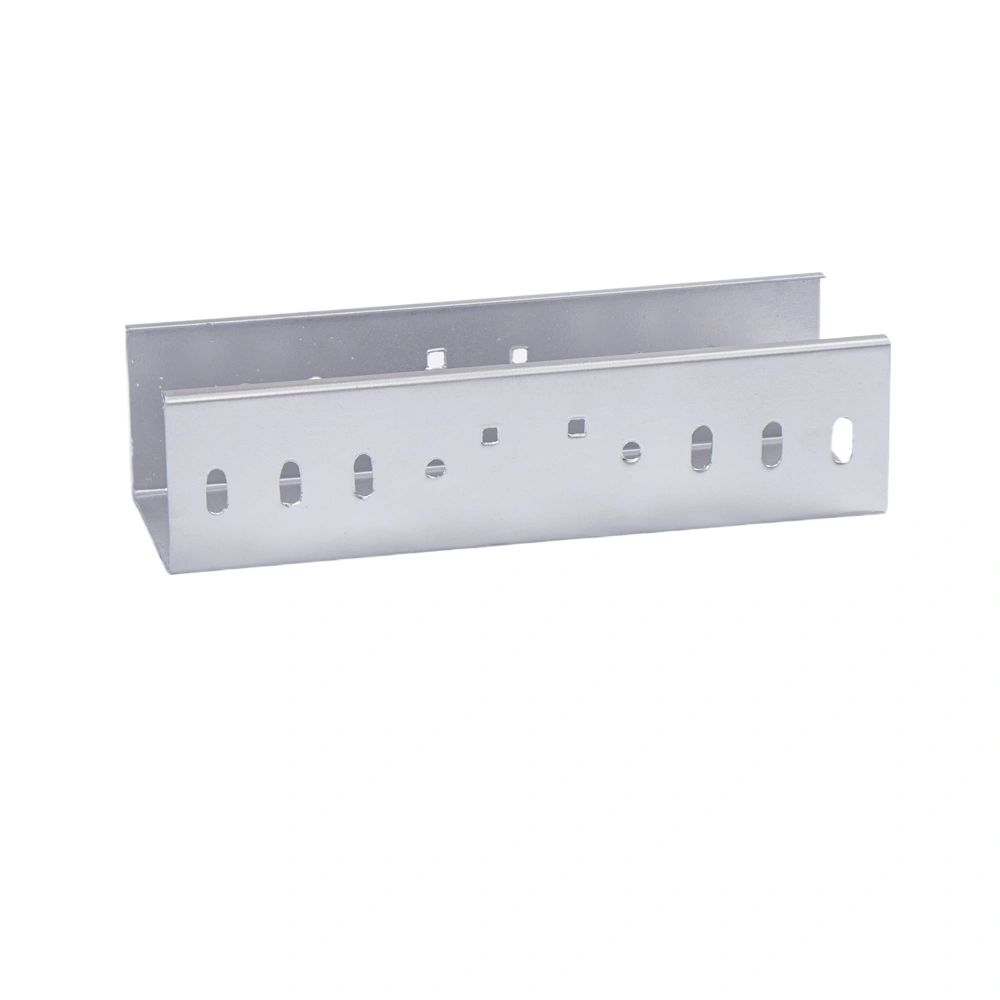
When it comes to cable management systems, ladder and perforated cable trays are two common options, each with its own unique characteristics and applications. Structural Differences A ladder cable tray consists of two side rails connected by rungs or cross-members at regular intervals. The open design allows for easy cable placement and ventilation. On the […]
cable tray suppliers
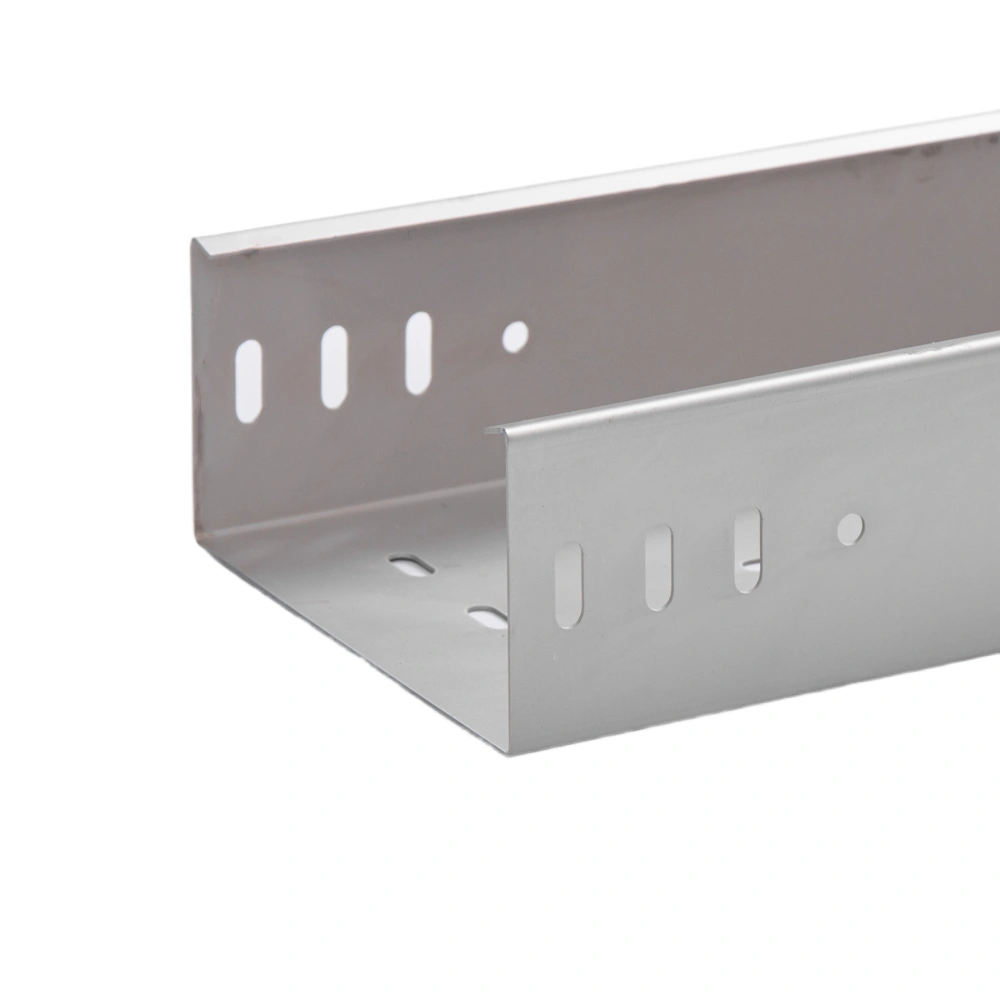
In the vast landscape of the construction and industrial sectors, the role of reliable cable tray suppliers cannot be overstated. One name that has been making significant waves in this domain is Zexin. Quality Assurance Zexin has emerged as a trusted provider of cable trays, offering a comprehensive range of solutions that meet the diverse […]

